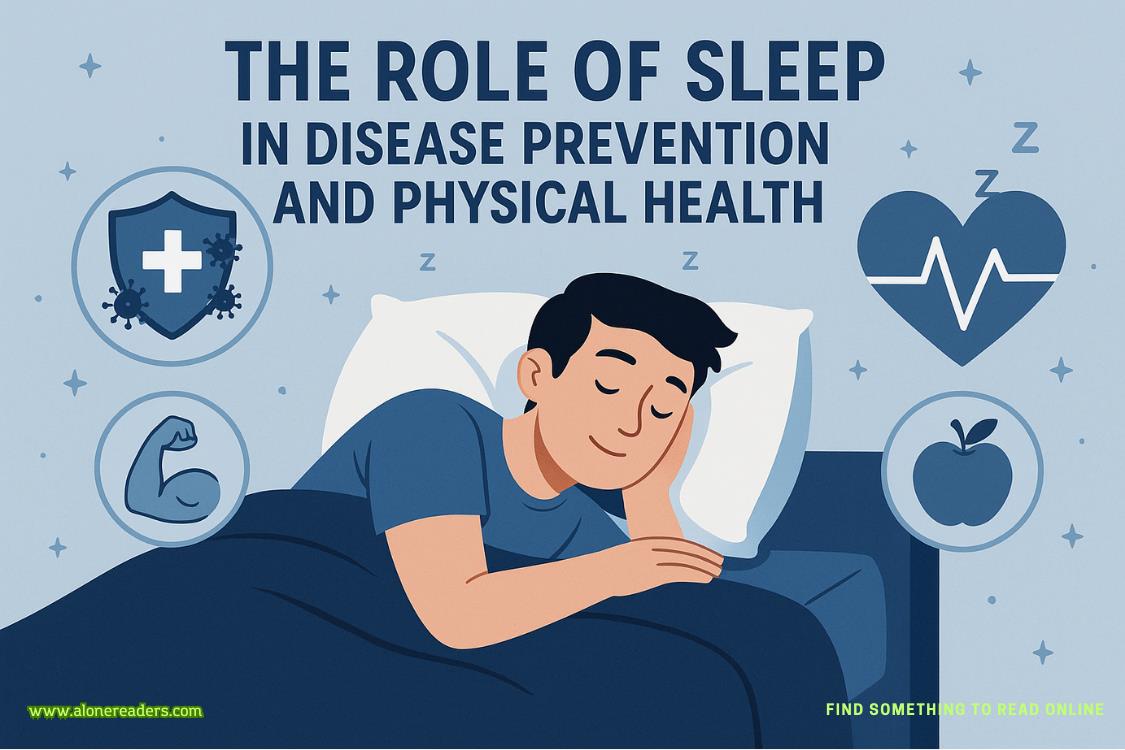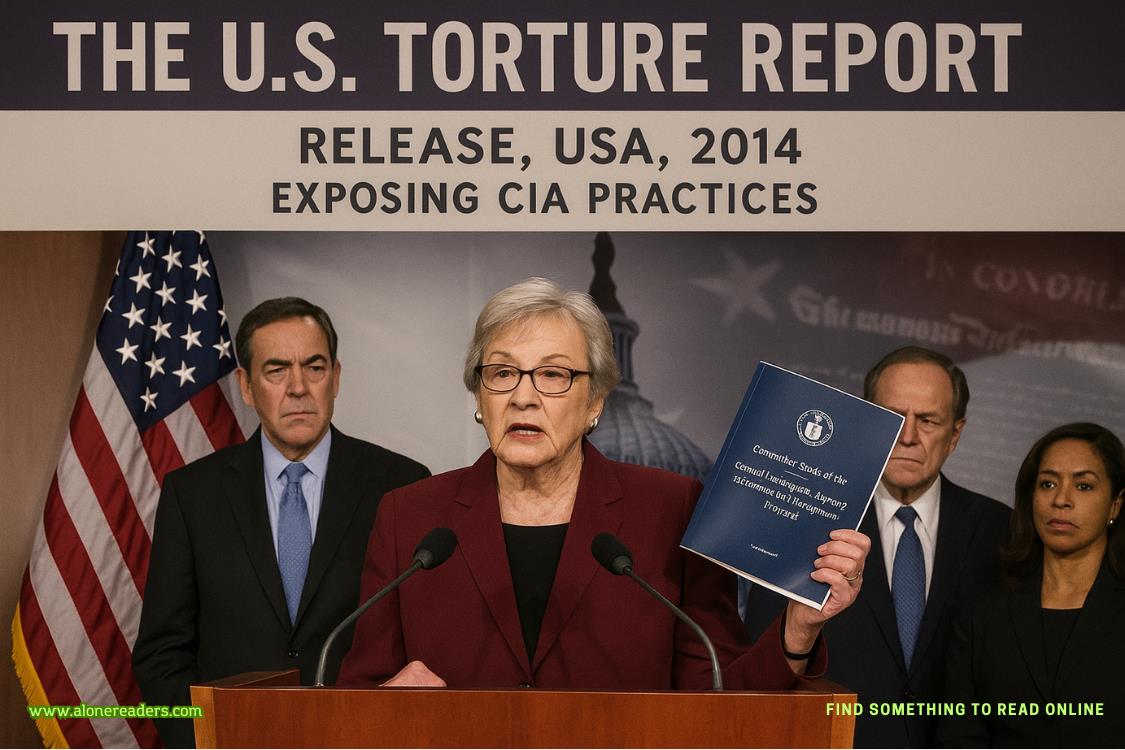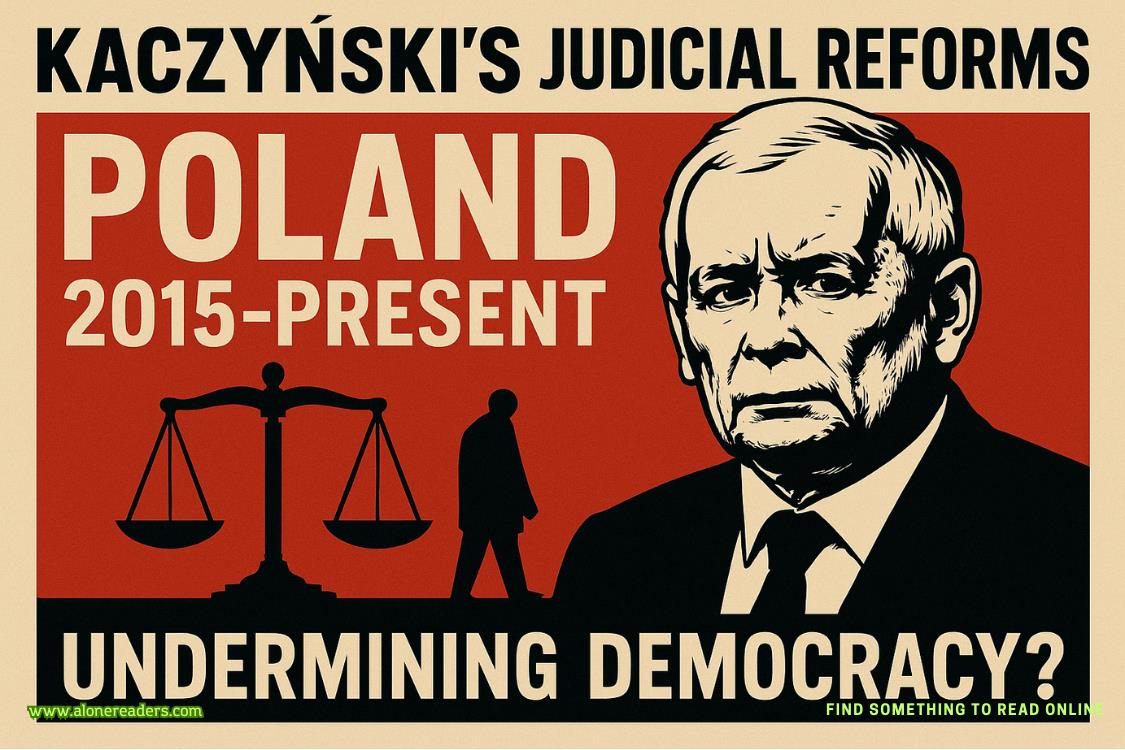“No.”
“Then…” He studied his search results again for the length of a long, long exhale. But when he raised his head, his cheeks and eyes were fever-bright, burning with determination. Not tired, not despairing:dangerous. “You have your whisper network. But you’ll need my data, too.”
“You don’t have to—”
“I do, because you won’t stop. And maybe together, we have a chance.”
19
“Coffee and sudoku. My office. Ten minutes.” Ethan badged into the Modern Physics building ahead of her, speaking over his shoulder and almost running into loitering Marco Rossi for a second time. He adjusted a buckle sliding down the strap of his messenger bag and frowned at the Italian physicist. “Dr. Rossi. Do you have a question?”
“Uh—no?” Their colleague’s glance between them was definitely a question.
Popcorn.
Again, Erin ignored it.
Screw our agreement.
“Ten minutes,” she confirmed.
Back at her desk, she swallowed her dregs of cold espresso, accepted Leah’s request for a data meeting on Thursday, and scanned her email for any emergencies that had occurred in the half-hour since she’d last scrolled through her inbox; nothing, but she really did need to provide a headshot for her paper. She disconnected her computer from the lab’s highly secure, highly monitored internet service, then opened a hotspot on her phone and linked her device to that.
No point in taking unnecessary risks.
She typed her query into a search window.
Scientific misconduct
The first results were reports on the semiconductor Schön scandal—which had spawned a discussion in the research community about what responsibility the reviewers of scientific papers bore in detecting fraud, rather than simply finding errors or determining the relevancy and originality of an article—followed by Dr. Anna Ahimastos’s misleading data on blood pressure drugs, the invented co-authors for Sir Cyril Burt’s more questionable papers, and specious discoveries around elements 116 and 118 at Lawrence Berkeley National Laboratory. Then came a definition from the United States Department of Energy:
Scientific misconduct is the willful compromise of the integrity of scientific research, such as plagiarism or the falsification or fabrication of data.
Despite a professional consensus that deliberate plagiarism, falsification, and data fabrication was rare in the field, how many researchers like Kramer had slipped by under the radar? How many others were operating just like him?
At best, the line between bad ethics and lawbreaking was a no man’s land.
Bouncing in her seat with adrenaline and espresso, she toggled over to the post about Kramer on STEMinist Online’s forum.
SnarkyQuark64:I work at SVLAC. I know this supervisor, and I have data on his current research activity.
Then she closed her laptop and walked across the bullpen to Ethan’s office. A clock above the water dispenser flipped to 8:10 a.m. as she knocked. When he opened the door, she told him, “Ten minutes.”
“Coffee and sudoku.” He handed her a sign made of flimsy copy paper: Do Not Disturb.
She slapped it over his nameplate and the door’s “Supply Closet” designation beneath it. But, despite the jumble of action items zipping through her mind and her attempts to process them all simultaneously, her brain surfaced one very specific, very irrelevant thought:we should’ve used this yesterday…She braced herself against Ethan’s desk—not thinking about the twist of his tongue between her thighs—with her legs tightly crossed.
“I located the Department of Energy’s official definition of scientific misconduct and fraud. It’s the willful plagiarism of another scientist’s research, or data falsification-slashfabrication.”
“Did you—”
“I disconnected from SVLAC’s internet before I ran the search.”
“Good.”
“Do you want to use my hotspot?”
“Hot…?” Eyes flicking to hers, did his ears flush? Then, “Right. Dr. Kramer will have VPN access to SVLAC’s systems while he’s at CERN, but not to this. What’s your passcode?”















